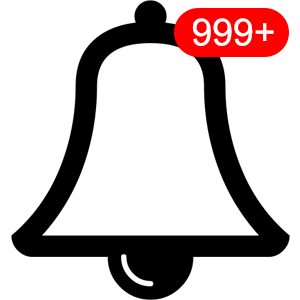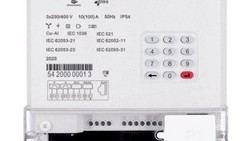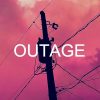An electronic energy meter with communication via DLMS can be configured to send Push messages.
Usually, a meter acts as a server. Means, the client (AMI system or the data concentrator) sends a data request and the meter answers.
With a Push function, the meter sends a message without being asked. The client doesn't send an acknowledgment either, so there is no evidence that the message is really passed through.
The speed for forwarding the Push information depends on the handling speed of your access point. As there can be thousands of meters behind one access point, you can calculate the efficiency by yourself.
So, what is the practical use?
In my opinion there is only one information worth to push. It's the last gasp. With last gasp you can determine the region of an power outage in a fast way.
All other events keep you only busy for nothing. (Actually I'm no fan of Push messages, maybe you have practical examples for me.)
There are customers asking for Push messages in case of meter tamper. Fine, each DLMS object can be send by the meter.
But:
An AMI meter has a build-in latching relay. If a tamper is detected, this relay disconnects the customer load. So, the customer will call you.
You can also review the disconnected meters and the tamper events in the AMI system. With help of the meter log-file you can even see the kind of tamper.
If the meter is disconnected or in tamper state for several days, you still can sent someone out. Maybe your customer has found in the meantime some illegal way to get power supply.

We have been asked for Push messages when the voltage is out of a given range and other stuff. When you are monitoring an AMI system with 200000 meters and you have every day several thousand messages you will soon realize that some Push messages are not reasonable for the daily operation.
Worst thing is when your system doesn't provide a push event list and you have to click "OK" for each message individually.
What is your experience with the DLMS Push message?
Which sort of messages are you using?
Leave us a comment.
Editor's note: This article was originally published in January 2020 and has been updated for comprehensiveness.





Regret we have no any of this system instaled or working in Chile and Latam. Perhaps one important reason we are supported by European and US suppliers and are very expensive.
To detect tamper on ´86 we developped DAE systems, meant changed all distribution transformers for small ones from 75 or 500 KVA for 3-5-10-15 KVA single phase to connect to 2 o3 users and low voltage with concentric cable isolated to each home, permitted to decrease losses from 28% to 6% and each % meant around USD$ 6 M for each % of that years. Finally, saved around USD$ 122 M/year, up todate are over USD$ 3,3B. This big economy worked to buy principal Utility in South America.
We started working with your Mr Mahay new AMI, and are preparing to show principal users, that would need around 4M units 1P and 3P only for Chile. Is very important cause in Brasil, we have worked for them, and comm losses are around 27%, and AMI should be real solution.
Mariano, thanks for sharing. There is a huge potential for loss reduction.
Push is the only way for local load management in a load management system where the utility does not allow queries into the meter.
My use case is a local node, a meter where the utility has barred access to the meter from the customer and per policy only provides Push messaging out from its meters. This needs to picked up by our load controllers and our customer loads are thus managed to keep usage under a limit set by contract to the utility.
Eggert, thank you for sharing this interesting use case.